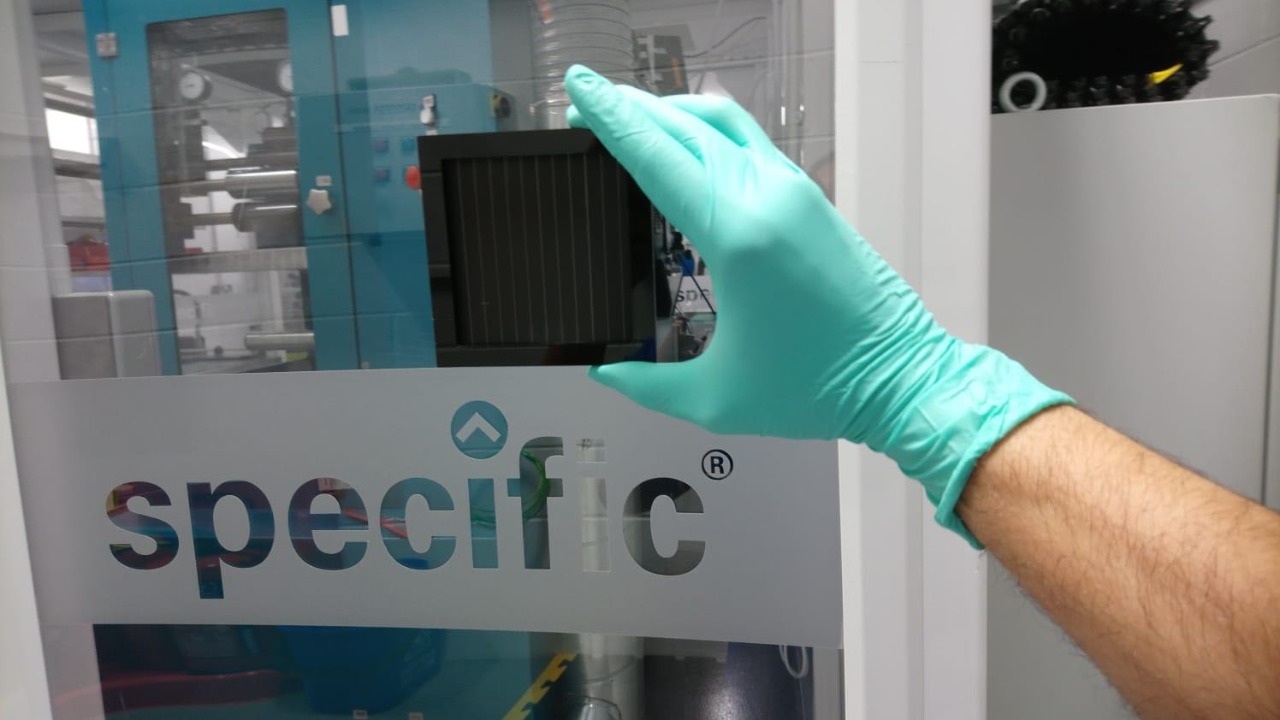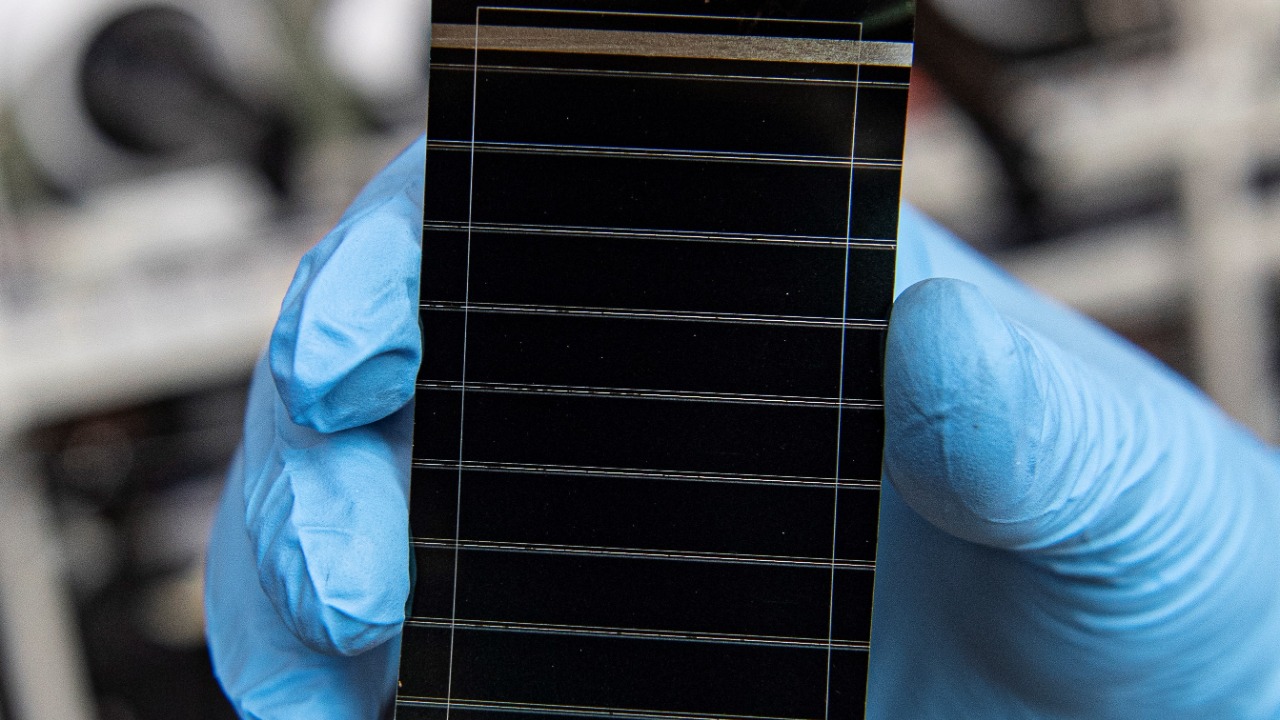
The field of solar technology is experiencing a revolution with the advent of perovskite solar cells. Innovations in this area have the potential to drastically reduce the size of solar tech for vehicles, making them more efficient and sustainable than ever before.
Understanding Perovskite Solar Cells

Perovskite solar cells are a type of photovoltaic cell that utilize perovskite-structured compounds. These compounds have a unique crystallographic structure that allows them to absorb light more efficiently than traditional silicon-based solar cells. Unlike traditional solar cells, perovskite solar cells can be made from solution-based processes, which are cheaper and less energy-intensive. This makes them a promising candidate for cost-effective, renewable energy generation.
When compared to traditional solar cells, perovskite solar cells have several advantages. They are not only cheaper to produce, but also more efficient. Recent research has shown that they can achieve efficiencies comparable to, or even surpassing, silicon-based solar cells. The potential of perovskite solar cells for revolutionizing solar technology is immense. With further research and development, they could potentially replace silicon-based solar cells in a wide range of applications, including in vehicles.
Recent Breakthroughs in Perovskite Solar Technology

The field of perovskite solar technology is rapidly evolving, with new breakthroughs being reported regularly. One such advancement is the development of highly efficient and stable perovskite solar cells. By improving the stability of these cells, researchers have been able to significantly increase their lifespan, making them a more viable option for long-term use in vehicles and other applications.
These breakthroughs have not only improved the efficiency and stability of perovskite solar cells, but have also led to a reduction in their size. This is particularly important for their use in vehicles, where space is often limited. By shrinking the size of the solar tech, it becomes possible to integrate it more seamlessly into the design of the vehicle, without compromising on performance or efficiency. A recent study details these advancements in perovskite solar technology.
Impact of Perovskite Solar Technology on Vehicle Solar Panels

The current state of solar panels in vehicles is far from ideal. Traditional solar panels are often bulky and inefficient, making them unsuitable for use in most vehicles. However, with the advent of perovskite solar technology, this could soon change. Perovskite solar cells, with their high efficiency and small size, are well-suited for integration into vehicles.
By using perovskite solar technology, it becomes possible to significantly improve the performance of vehicle solar panels. Not only can these panels generate more power, but they can also do so more consistently, even in less-than-ideal lighting conditions. This opens up the possibility of completely solar-powered vehicles, which was previously considered unfeasible due to the limitations of traditional solar technology. A research article provides more detailed insights into this topic.
Environmental Benefits of Perovskite Solar Technology in Vehicles

Perovskite solar technology can significantly reduce the carbon footprint of vehicles. By replacing traditional fuel sources with clean, renewable solar energy, vehicles equipped with perovskite solar cells can operate with virtually zero emissions. This could have a profound impact on the environment, helping to mitigate the effects of climate change.
Moreover, the increased efficiency of perovskite solar cells means that less energy is wasted. This can lead to a reduction in our reliance on fossil fuels, as more energy can be generated from the sun. Additionally, the use of perovskite solar cells in vehicles could potentially reduce the need for large-scale solar farms, as energy generation becomes more decentralized. An Oxford University news article discusses these environmental benefits in more detail.
The Future of Perovskite Solar Technology in Vehicles

The future use of perovskite solar technology in vehicles looks promising. As research and development continue, it is likely that we will see an increase in the number of vehicles equipped with perovskite solar cells. However, there are still challenges that need to be addressed before this can become a reality.
One of the main challenges is the durability of perovskite solar cells. While recent advancements have improved their stability, further improvements are needed to ensure their long-term viability in vehicles. Another challenge is the scalability of perovskite solar technology. While it has been proven to work well on a small scale, it remains to be seen whether it can be effectively scaled up to meet the demands of the automotive industry. Despite these challenges, the potential impact of perovskite solar technology on the automotive industry is enormous. A detailed Science journal article and a SimpleFlow report provide more insights into the future of this technology.